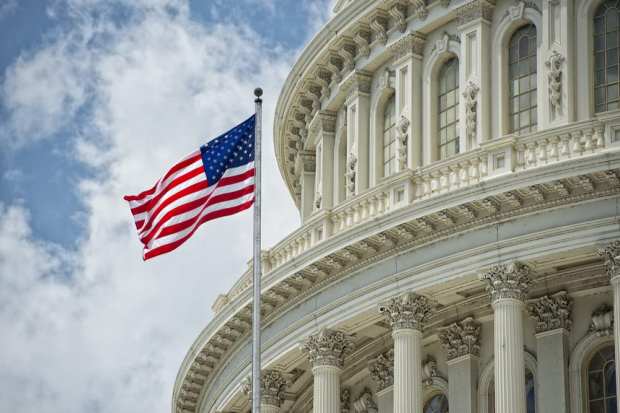CBO: US GDP Will Grow 12 Pct In 2020

For the Congressional Budget Office (CBO), the glass is half full.
The federal agency that provides budget and economic information to Congress predicted as the nation tries to rebound from the worst devastation since World War II, the economy will grow during the third quarter, July through September.
The CBO estimated gross domestic product (GDP), the value of all the finished goods and services, is expected to increase at a 12.4 percent annual rate in the second half of this year and recover to its pre-pandemic level by the middle of 2022.
But the CBO’s numbers differ dramatically from a May report from the Federal Reserve Bank of Atlanta. The Atlanta Fed predicted the GDP is expected to drop by nearly 43 percent in the second quarter. If the Fed is right, the drop would be the worst since World War II.
The unemployment rate, which dropped 11 percent in June, is projected to peak at more than 14 percent in Q3 and fall quickly in the second half of 2020 and throughout 2021, the CBO reported.
Following that initial rapid recovery, the economy will continue to expand, the CBO projected, but at a more moderate rate.
As for inflation, the sustained increase in the price of goods and services is projected to be 0.4 percent for the rest of this year and not reach 2 percent until 2024.
Still, the CBO acknowledged all of this depends.
“…the agency’s latest economic projections are surrounded by an unusually high degree of uncertainty,” according to the five-page survey. “Some of that uncertainty results from the nature of the pandemic and the behavioral and policy responses intended to contain its spread.”
The CBO analysis comes one day after the ADP National Employment Report said private sector employment increased by nearly 2.4 million jobs from May to June. It was in contrast to an early May report from ADP and Moody’s Analytics, showing massive job losses when the pandemic hit with full force.
Data from the U.S. Bureau of Labor Statistics revealed that while the official jobless rate was 13.3 percent in May, nearly half the U.S. adult population, 47 percent, actually lack a job. Unlike the official unemployment rate, the broader figure, known as the employment-to-population ratio, counts adults who are not working and no longer seeking employment.
“To get the employment-to-population ratio back to where it was at its peak in 2000, we need to create 30 million jobs,” Torsten Slok, Deutsche Bank’s chief economist, told CNBC.
